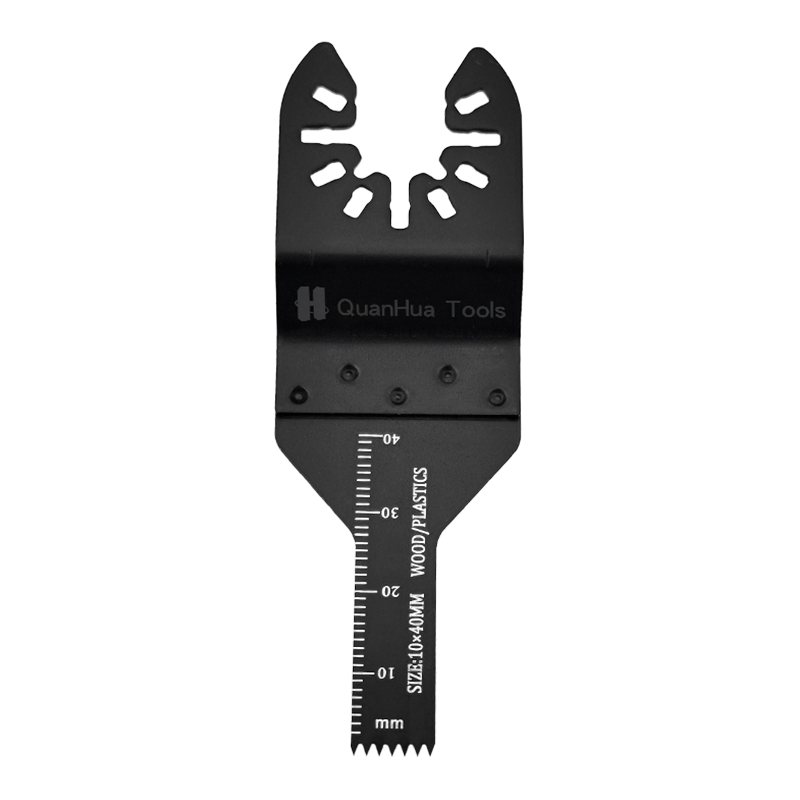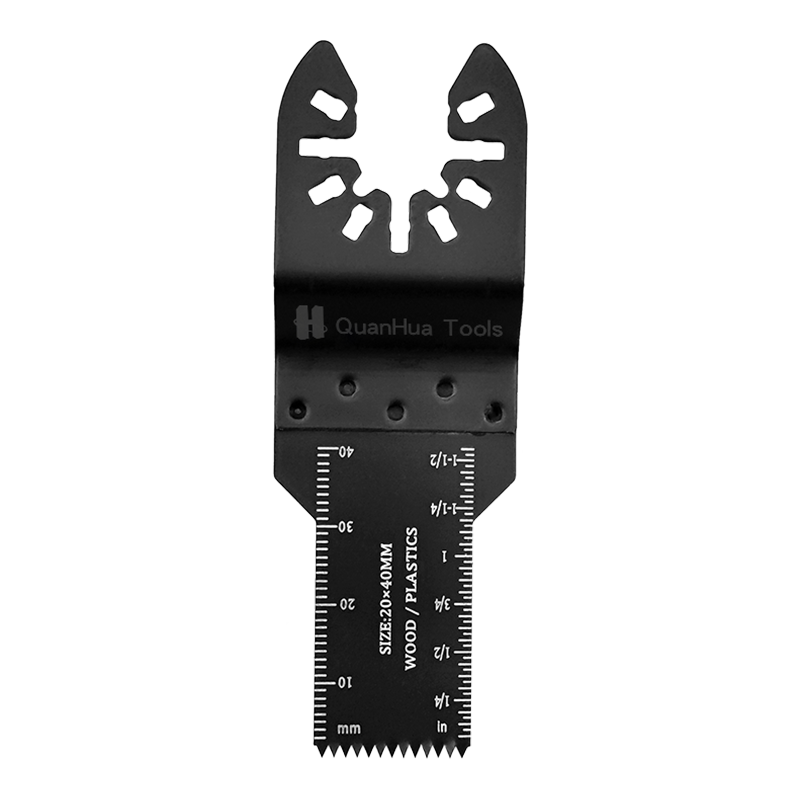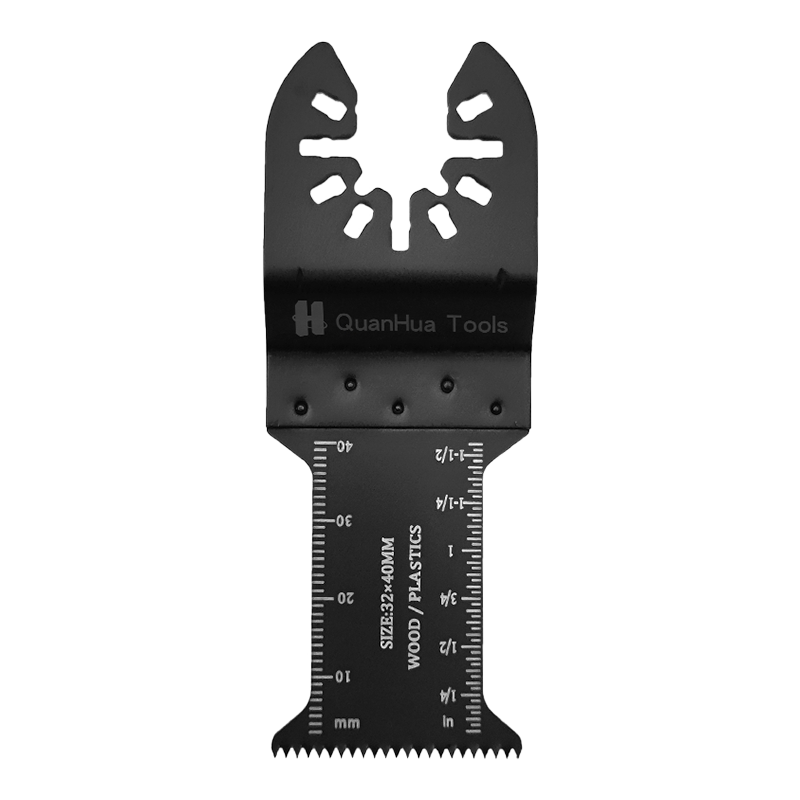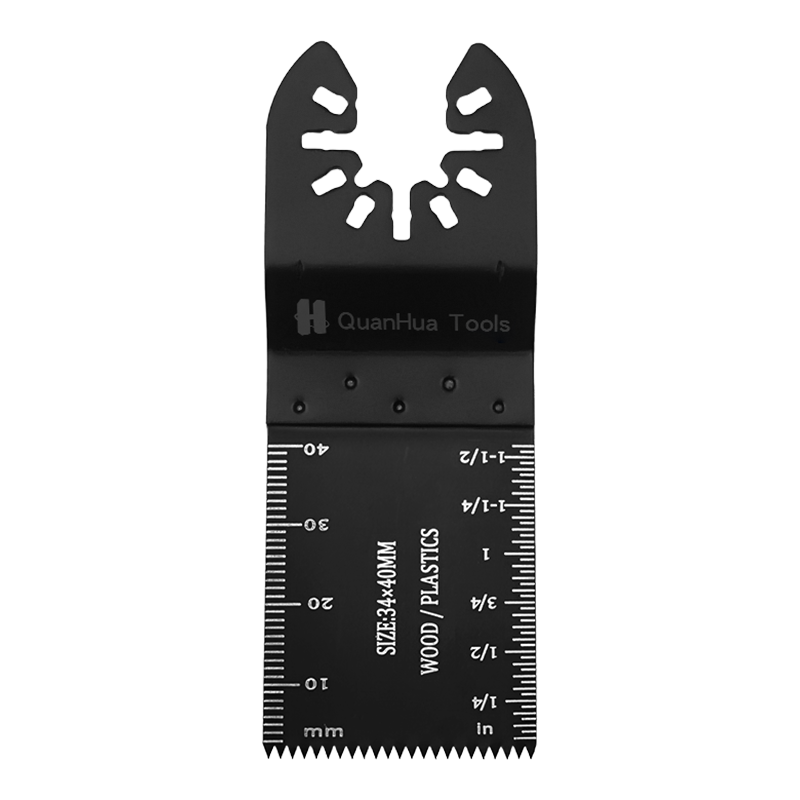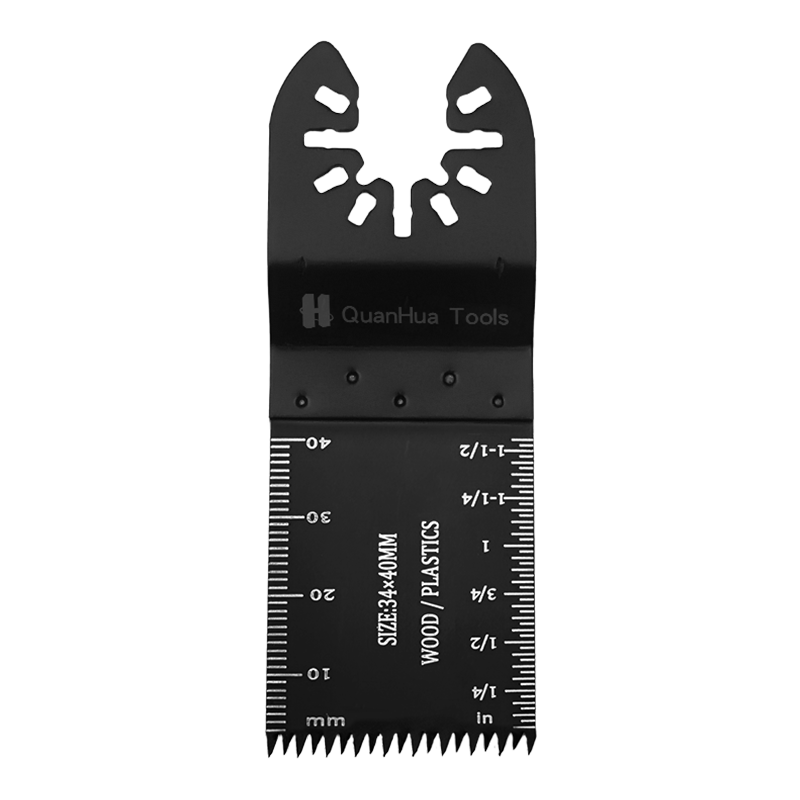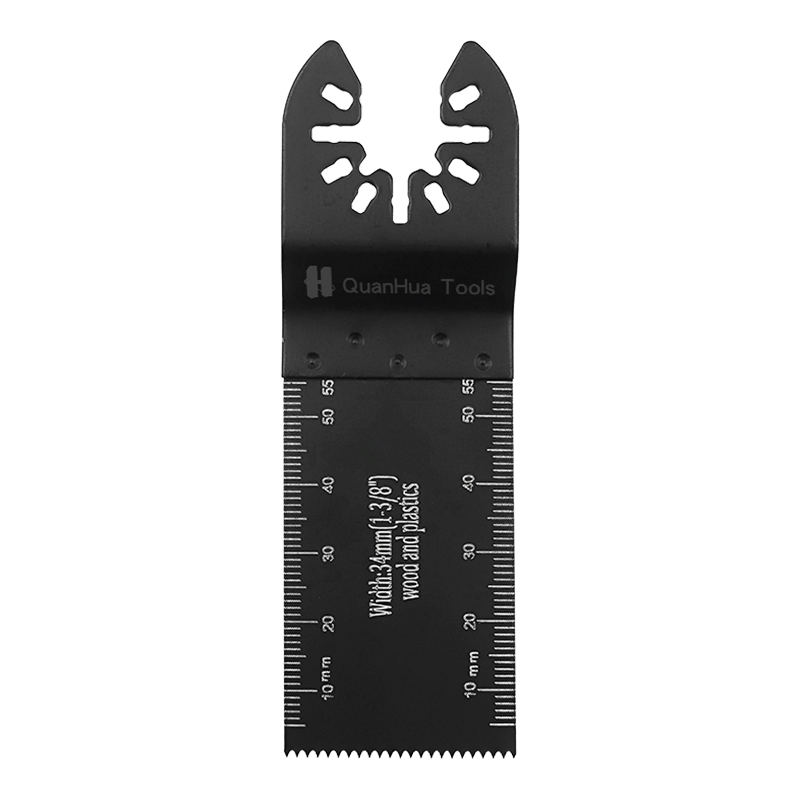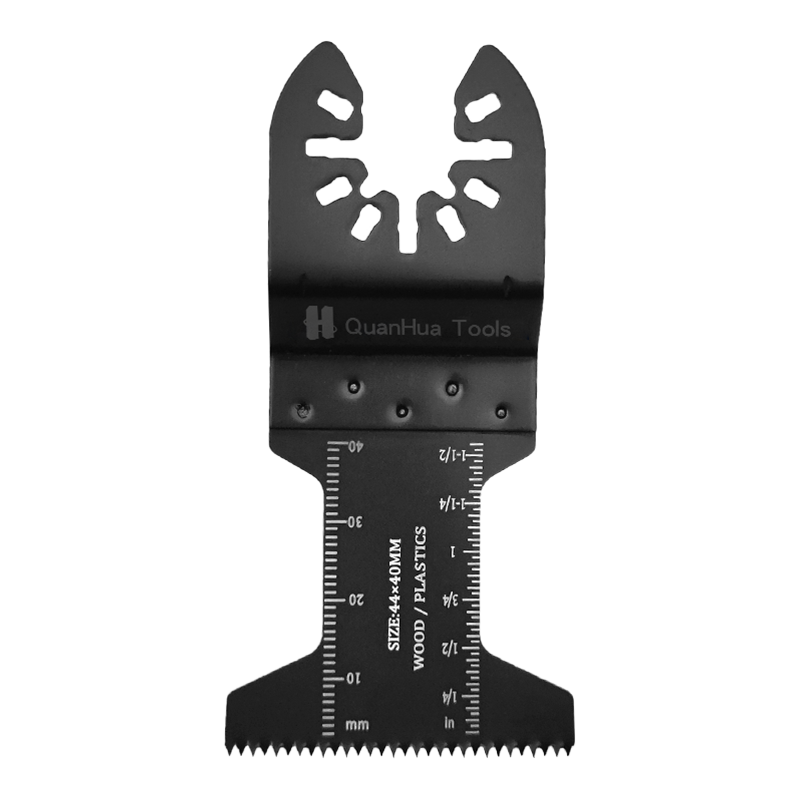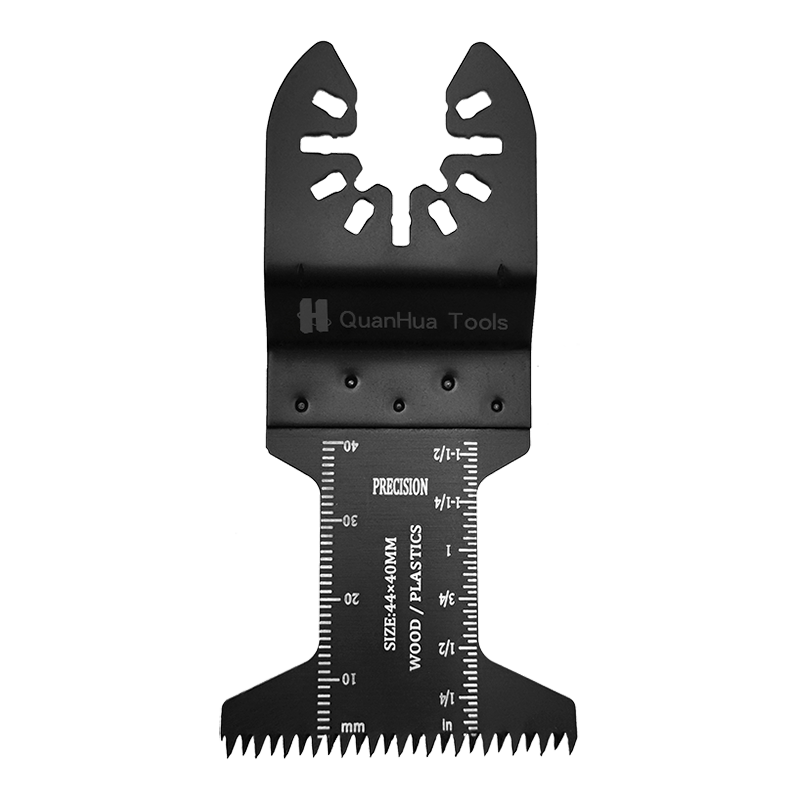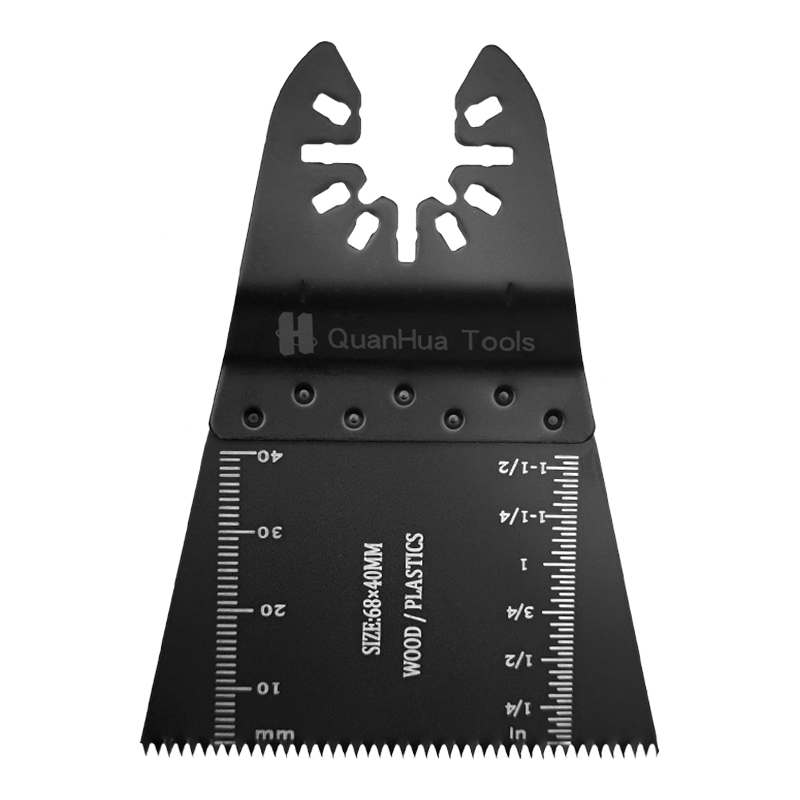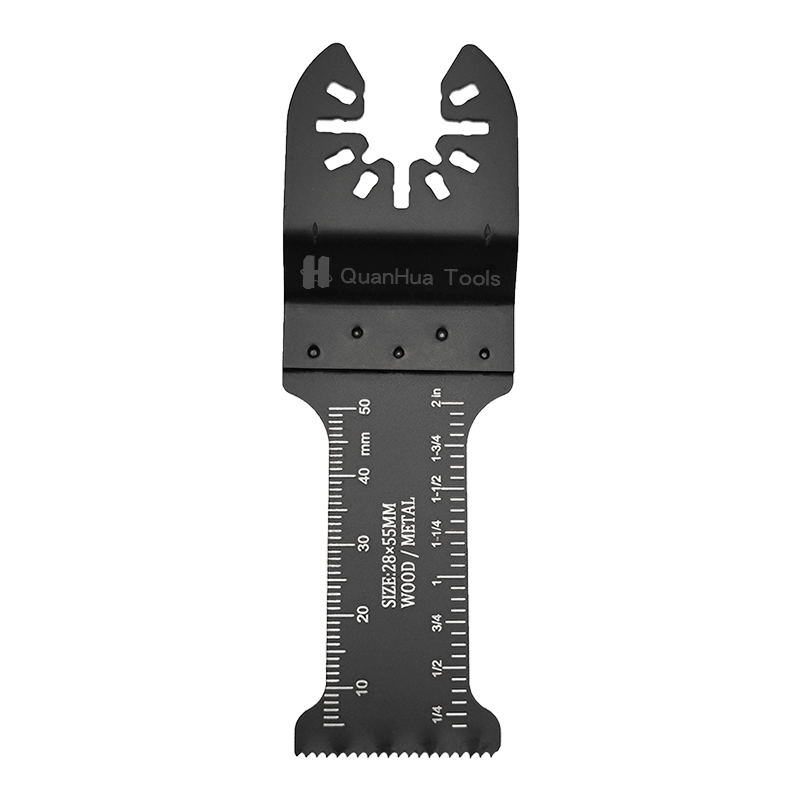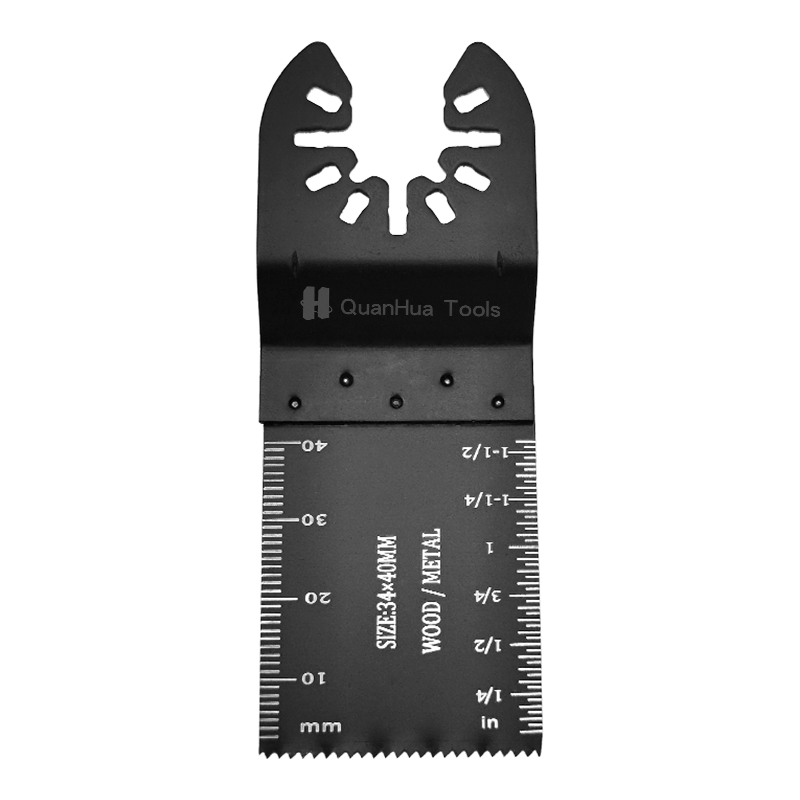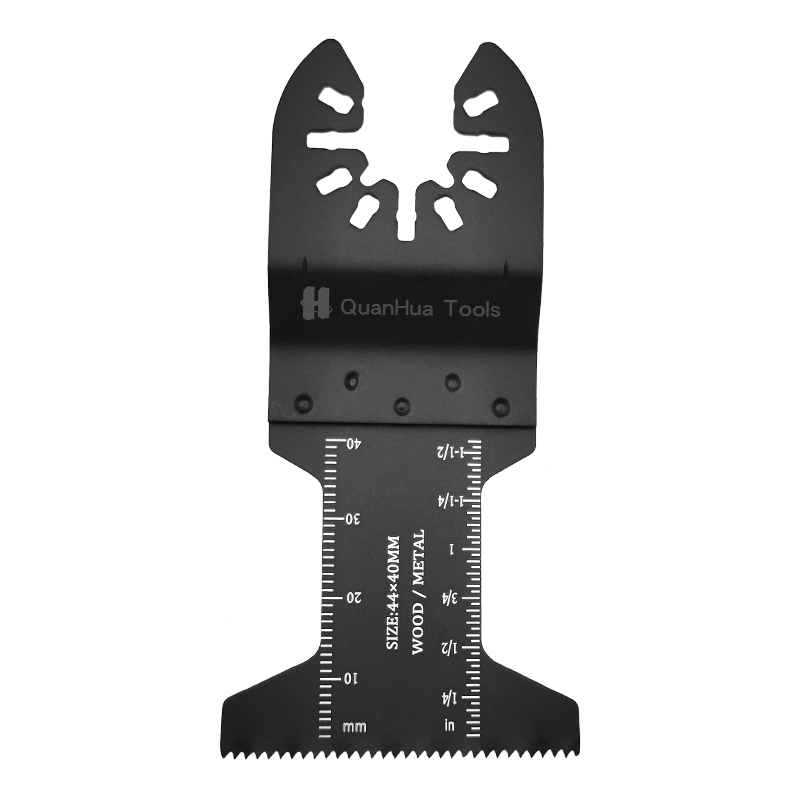Carbide oscillating multitool sabre saw blades have gained significant popularity due to their exceptional performance and versatility. These blades stand out in the world of power tools, especially for users who require precision, durability, and efficiency when working with different materials.
One of the most notable advantages of carbide blades is their superior durability. Carbide is an incredibly hard and tough material, which makes it highly resistant to wear and tear. When compared to traditional steel blades, carbide blades last much longer, even when subjected to tough cutting tasks. This added durability means users spend less time replacing blades and can cut through dense materials like metal, hardwood, and tile without worrying about frequent blade degradation. The longevity of carbide blades can ultimately reduce overall tool maintenance costs, offering significant long-term savings.
In addition to their durability, carbide blades also provide enhanced cutting precision. Thanks to the hardness of the carbide material, these blades maintain their sharpness over extended periods of use. This sharpness is essential for achieving cleaner, more accurate cuts, which is especially important when dealing with delicate materials or when working on intricate projects that require high levels of detail. The ability of carbide blades to resist dulling means they offer consistent performance throughout the duration of a project, ensuring that cuts remain smooth, clean, and professional.
Carbide oscillating multitool sabre saw blades are also known for their versatility. They are designed to handle a wide range of materials with ease, making them ideal for various applications. Whether you're cutting through wood, metal, plastic, or even tougher substances like concrete and ceramic tiles, carbide blades are up to the task. This versatility eliminates the need to constantly switch between different blades for different materials, providing a more convenient and efficient solution for users working on mixed-material projects. The ability to use a single blade for a wide range of materials makes carbide oscillating blades a valuable tool for both general contractors and DIY enthusiasts alike.
The faster cutting performance of carbide blades is another significant advantage. Due to their toughness and ability to retain sharp edges for longer, these blades can cut through materials at a quicker rate compared to standard blades. This results in faster project completion times, which is crucial for professionals working on tight schedules. The efficiency of carbide blades reduces the physical strain on the user, as they require less effort to complete cutting tasks. As a result, users can work longer and achieve higher productivity without sacrificing precision.
Another key feature of carbide oscillating blades is their superior heat resistance. Cutting through tough materials generates heat, which can cause standard blades to warp or dull over time. However, carbide blades can withstand higher temperatures without losing their structural integrity. This makes them particularly useful for applications where high friction and heat are inevitable. Whether you're cutting through thick metal or dense plastic, carbide blades will continue to perform optimally without the risk of overheating or warping. This heat resistance further extends the lifespan of the blade and ensures consistent performance, even under extreme conditions.
Carbide blades are also known to reduce vibration during operation, which results in better control and comfort for the user. The material and design of carbide oscillating blades contribute to smoother operation with less vibration, allowing for more precise and stable cuts. This is especially beneficial when working with challenging materials or when performing long, repetitive cutting tasks. Reduced vibration not only improves accuracy but also helps in maintaining a comfortable grip and reduces fatigue during extended use, making carbide blades ideal for both professional contractors and DIY enthusiasts.

